The Adventures of Riding in Korea
Picture riding within artillery range of the world’s most fortified border, breathing semi-toxic pollution and dodging kamikaze pizza-delivery scooters. Welcome to the land of kimchi, beautiful Asian girls and the home to a surprisingly strong motorcycle culture. Welcome to cycle riding in Korea!
I began my odyssey of riding motorcycles in Korea in March, 2006. In need of alternative transportation as public buses/subways wouldn’t get me to my university teaching position within a reasonable amount of time, I returned to my childhood pastime of riding Honda 90s on the dirt trails of my Alaskan hometown and bought a used Hyosung 125cc cruiser.
Despite being built with a Harley-Davidsonesque Hog image, I still cannot compare the two cycles – at least not with a straight face. Instead of trying, I have affectionately nicknamed my Korean bike the “Kimchi Piglet” as it has the porcine image but still hasn’t properly grown up yet. With my new companion, I set out to explore the world of motorcycle riding in my adopted land.
Although Korea has a strong motorcycle culture from a utilitarian standpoint, cycling here is not exactly for the faint of heart. In general, traffic is a snarled mess; too many cars packed onto narrow roads, barely adhering to normal driving rules, and administered by a police force more eager to give parking tickets than truly enforce the laws. This environment seems to be established as a motorcycle heaven for those who enjoy an aggressive driving style. The old bumper sticker declaring, “If you don’t like the way I drive, stay off the sidewalk,” was probably written by someone who had spent some time here. Street shoulders, sidewalks, and crosswalks were all made for motorcycles, weren’t they?
The primary bonus of riding here is the ability to ghost through stalled traffic and cut your commute to almost half of what it would be in a car or taxi. Another bonus is the ability for motorcycles to swap from being a motor vehicle to a pedestrian whenever the mood or situation suits. Laws? Red lights? Official parking spots? None of these really apply. My one and only ticket by the police was actually an official warning not to ride on the wrong side of the street and through a red light in front of an officer during a rare crack-down.
There are really only two rules that apply to riders in Korea. The first is “Don’t Hit Anyone” (scraped paint on the sides of cars doesn’t count unless the angry driver actually catches you). The second rule applies to riding on highways. Basically, any major highway that has three lanes per direction and toll booths is considered off-limits to motorcycles of any size. This makes some small sense, as the average motorcycle in Korea is 125cc or less.
Smaller engine sizes are common because bikes under 50cc don’t require any license to ride, while those of 125cc or less require only an automobile driver’s license. Bikes over 125cc formally need a special “large engine” motorcycle license. However, due to the difficulty of the test and the fact that Seoul’s city streets are not exactly suited to large, fast engines, most riders simply buy one of the local 125s and are done with it.
However, with the growing number of larger cycles, the highway laws have been under greater pressure to allow bigger bikes. This movement, though, has not made much headway. The last formal protest that I know of ended up being “herded” by riot police, caused a major traffic snafu and got a lot of media coverage that didn’t produce much public sympathy or positive results. Although there are many other official rules that apply to all motor vehicles, most veteran bikers here just drive in an aggressively “safe” manner.
The biking demographics in Korea are comprised primarily of food delivery vehicles, messenger/small package delivery, and casual riders. Most of the casual riders, of which I am a part, use cycles for transportation or pleasure. In this group are a growing number of larger cycles, comprised primarily of Hondas, Harley-Davidsons and BMWs.
The vast majority of the cycle riders are all “ajossis” (middle-aged men) in the package transport business and teenage boys delivering food, but a number of women have also joined the ranks. These are either battle-axe style “Ajumas” or middle-aged women delivering food or a smaller number of “full-service” canned coffee delivery girls. A growing number of young women, mostly of high school or university student ages, have also started riding on stylish, pretty scooters.
In spite of the obvious dangers of driving on the streets here, riding in Korea can be a great pleasure. The ability to break away from the demands of traffic or the crush of the subway system and ride past old palaces and even castles has a great deal of appeal. The ease of parking and fast mobility also increases the pleasure of driving.
Getting away from the city and riding rural roads lined with Fall-colored leaves, travel past craggy mountains and watch fishermen angling the many streams and rivers adds to the visual enjoyment you can receive by leaving the city.
As city streets in many of the older backstreet sections of Seoul are relatively narrow and not conducive to car/trucks that need to stop and park, the post office has turned using Daelim 125 scooters to deliver the mail. The old saying about neither rain nor sleet also works for these postmen as I have seen them out with the mail in several inches of snow.
I must admit that after a year riding here, I have become a junky and am looking at moving to a 250cc bike as soon as possible. Even my daughter enjoys our daily rides to her kindergarten. After my first year of riding in Korea, I plan on continuing for as long as I am able.
Related Reads
General information about Korea
Hyosung Motorcycles (now S&T)
Daelim Motor USA
Brandon Walcutt is a university professor, part-time travel writer and motorcycle enthusiast based out of Seoul, Korea.
More by Brandon Walcutt




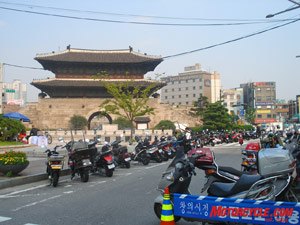









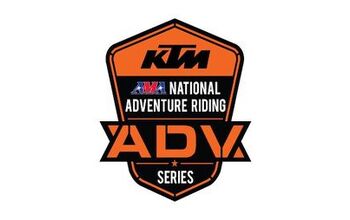
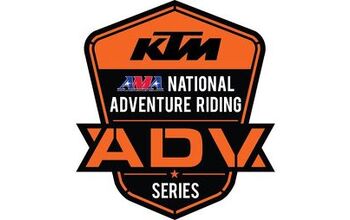
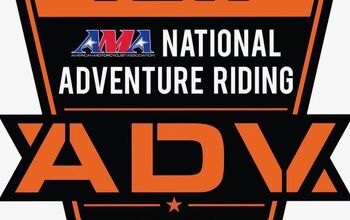
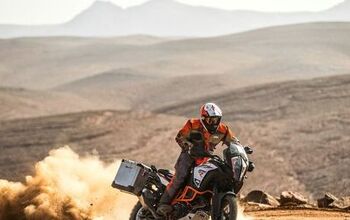














Comments
Join the conversation